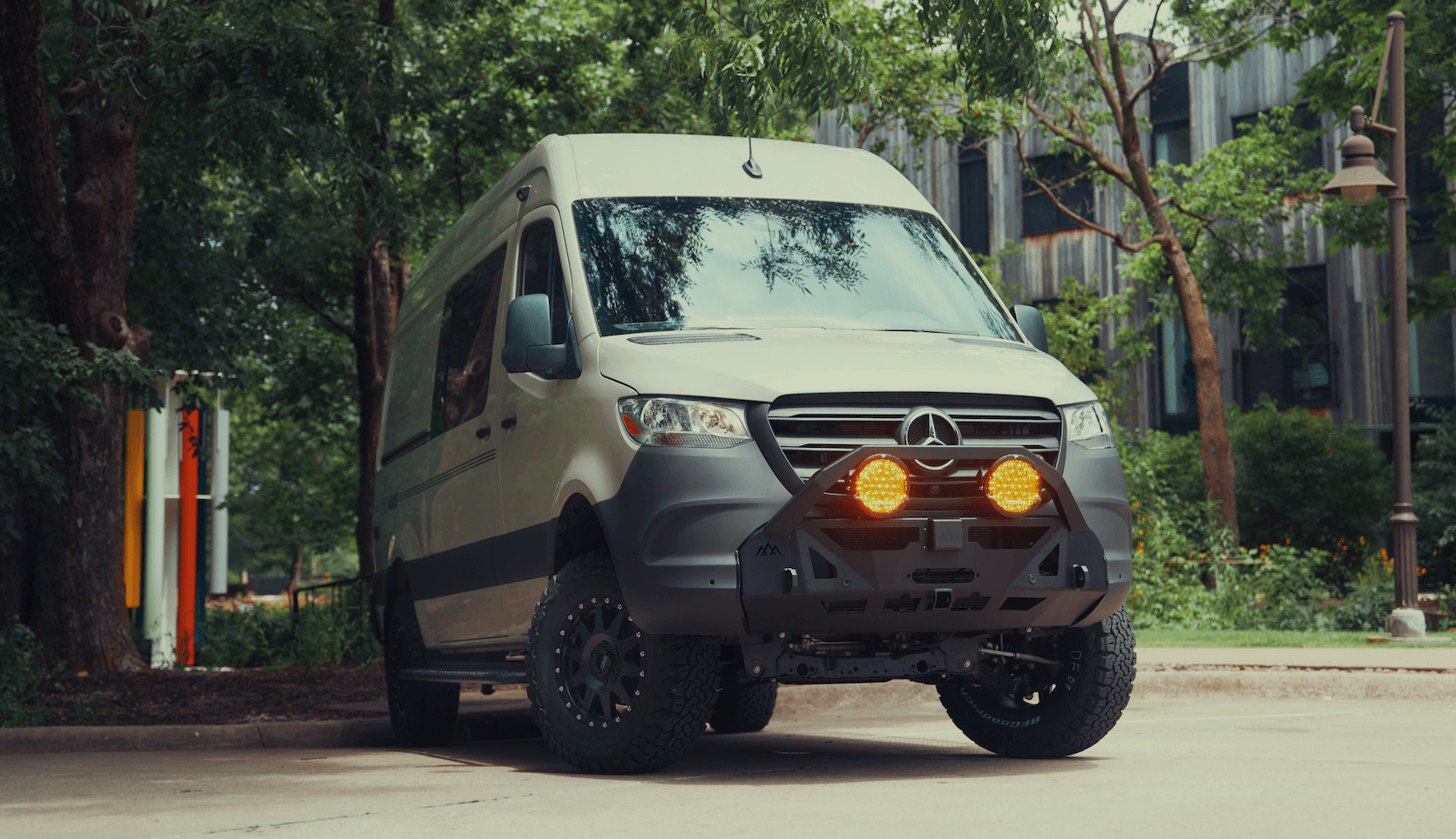Recreational Vans

Keep OEM seat mounts, belt geometry, and head restraints intact. Do not block side curtain airbag paths with cabinets. Maintain clear egress at the side and rear doors. Any added bulkheads or furniture should be secured to structural points with appropriate fasteners to handle braking and crash loads. If weight grows, confirm payload limits and axle ratings to protect tire, brake, and suspension performance.
Comfort and reliability hinge on balanced systems. Insulation reduces heat swing and noise; ventilation sweeps moisture and cooking odors; power runs the fridge, lights, and devices; water systems make cleanup and hydration easy. Choose compact components that fit around the second-row and leave walkways clear. Aim for serviceability so fuses, shutoffs, and filters are reachable without dismantling half the van.
Most crew van conversions thrive on a 12V system with a lithium battery bank sized for daily loads. DC DC charging from the alternator is the most reliable source while driving; add solar as a steady top off when parked. A fused distribution panel keeps circuits tidy and safe. Prioritize 12V appliances to reduce inverter draw, and mount a battery monitor so you always know state of charge.
A compact sink with a jerry can supply and grey tank covers most needs. Quick disconnect shower fittings at the rear can rinse gear or pets. Vent fans near the galley and screened windows keep condensation down and air fresh. In variable climates, pair closed cell insulation with vapor-aware finishes, and consider a fuel-fired heater for shoulder season trips. Always provide ventilation when heating or cooking.
Space planning is the puzzle. Many crews build around a convertible bed platform that clears the second row, with drawers or gear tunnels underneath. Soft-sided cabinets and modular boxes save weight and adapt to changing trips. Roof space can host solar, a low-profile fan, and a rack for boards or recovery tools. Budget lines typically include the van, electrical, ventilation, soft goods, flooring, and labor for specialized tasks.
Check local definitions for motorhome vs passenger vehicle to avoid registration surprises. Keep fire extinguishers accessible near the side door and galley. Use certified hoses and clamps for any fuel-fired heaters. Secure heavy items low and between the axles to preserve handling. Before long trips, weigh the vehicle at a scale to verify you are within gross and axle limits.
Platform choice influences everything. Transit, Sprinter, and ProMaster crew configurations differ in roof height, seat placement, and window count, all of which affect cabinet depth and fan locations. Short wheelbase vans park easily but limit bed length and galley space. Long wheelbase vans open up storage but demand careful weight distribution. Map clearances on paper or in CAD before cutting a single panel.
Materials steer performance. Marine plywood, aluminum extrusion, and honeycomb panels reduce weight compared to dense hardwoods. Closed cell foam under a vinyl or rubber floor deadens noise and resists moisture. Use stainless fasteners and threadlock where vibration is expected. Choose finishes that wipe clean after muddy trail days.
If you carry bikes, boards, or a motorcycle, plan ingress early. Low rear drawers with tie points keep heavy gear secure and accessible. Side storage should not crowd the second-row footwell or block window shades. Keep electrical away from wet zones, and route cabling in loom for abrasion resistance. Label circuits now and you will thank yourself later on the road.
When you are ready to transform planning into a proven build, a specialist can integrate seats, safety, and off grid systems without guesswork. OZK Customs designs and builds crew van conversions that retain factory seating while adding clean power, climate control, and smart storage. Explore our recreational vans, see options for a custom build van, or review finance friendly mainstream vans that make great platforms.
Ready to go from idea to keys We build complete and partial upfits for travel, work, and weekends, backed by precise install work and a hands-on handoff. Tell us how you travel and we will engineer the solution that fits your crew, your gear, and your routes. Start your plan today.
Book a consult and let OZK Customs design and build a safe, quiet, efficient crew van conversion that feels right the moment you step inside.
Ready to turn a crew van into a road-ready camper with safe seating, clean power, and a layout that actually works? Book a consult with OZK Customs. Our team designs and builds complete and partial upfits, integrates power and climate systems, and delivers a dialed handoff so you hit the road confident. Tell us how you travel and we will engineer the solution.
ADDRESS:
6159 E Huntsville Rd, Fayetteville, AR 72701
PHONE:
(479) 326-9200
EMAIL:
info@ozkvans.com